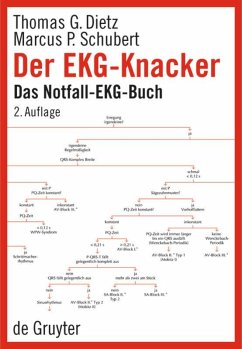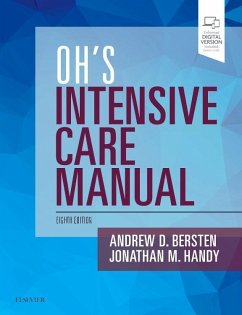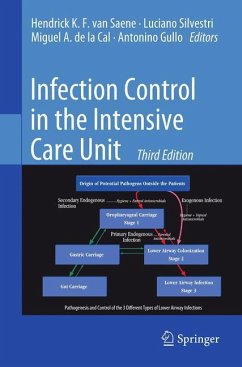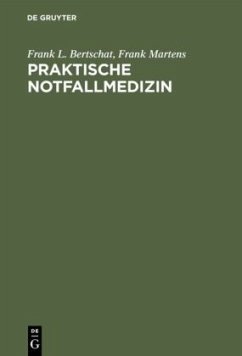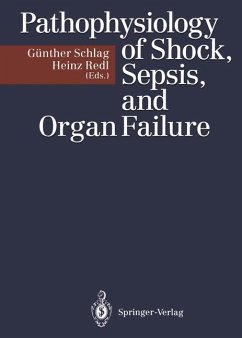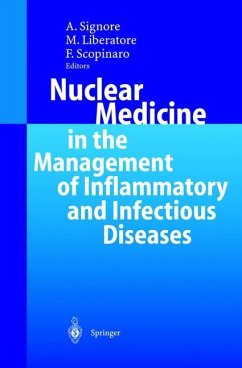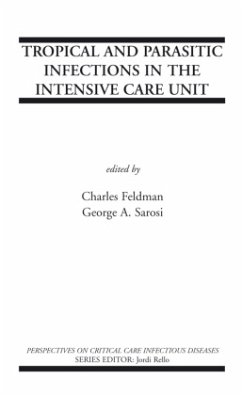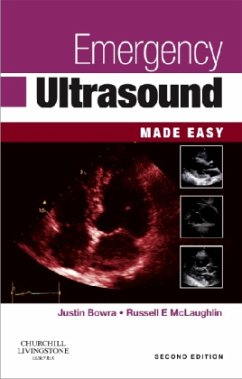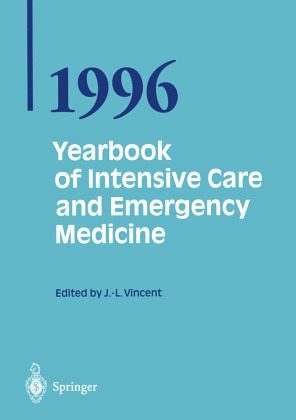
Yearbook of Intensive Care and Emergency Medicine

PAYBACK Punkte
20 °P sammeln!
The Yearbook compiles the most recent, widespread developments of experimental and clinical research and practice in one comprehensive reference book. The chapters are written by well recognized experts in the field of intensive care and emergency medicine. It is addressed to everyone involved in internal medicine, anesthesia, surgery, pediatrics, intensive care and emergency medicine.





